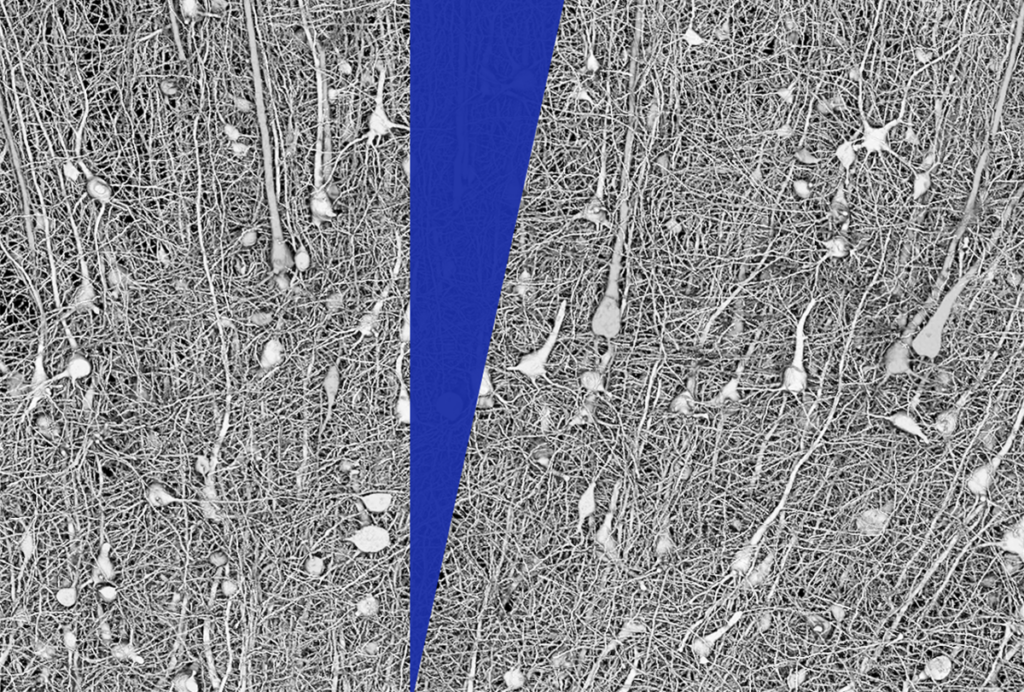Teenagers with autism avoid exercise
Teenagers with autism or other psychiatric disorders are far less likely to exercise or play team sports than their typical peers, reports a Norwegian study published 22 January.
Teenagers with autism or other psychiatric disorders are far less likely to exercise or play team sports than are their typical peers, reports a Norwegian study published 22 January in Child and Adolescent Psychiatry and Mental Health.
This is an important issue because these adolescents with autism may set themselves up for mental and physical health problems and miss opportunities to make friends, the researchers say.
In the study, nearly 9,000 Norwegian teenagers, including 566 with a psychiatric disorder, answered questions about their physical activity levels. The difference was sizable: Roughly half of children with a psychiatric disorder fall into the lowest activity bracket — exercising only once a week or less — compared with one-quarter of the typical teenagers.
Of the 39 teenagers with autism in the study, 22 — or 56 percent — exercise only once a week or less, and just 3 of them exercise four or more times a week. Only teenagers who suffer from depression or other mood disorders exercise less. Of the 87 teenagers in that group, 53, or 62 percent, exercise once a week or less.
Roughly 20 percent of teenagers who have anxiety disorders or attention deficit hyperactivity disorder (ADHD) and 40 percent of the typical teenagers exercise four or more times a week.
This pattern of inactivity does not bode well for the health and social lives of young people with autism. Nearly 20 percent of toddlers with autism are obese, compared with 10 percent of children in the general population. Once they reach their teenage years, children with autism are twice as likely as their peers to spend most of their free time in front of a television or computer.
Team sports can also provide an opportunity to make friends, a skill that doesn’t come naturally to many people with the disorder. Unfortunately, only seven, or 19 percent, of the teenagers with autism compete in sports such as soccer, compared with 25 percent of teenagers with mood disorders, 33 percent with anxiety disorders, 37 percent with ADHD and 60 percent of the controls.
Social deficits, one of the core symptoms of autism, may make it difficult for these teenagers to interact with their peers in the setting of team sports. It’s also possible that common motor problems such as clumsiness and poor muscle tone hamper their athletic skills, the researchers say.
In addition, about 30 percent of children with autism have ADHD characteristics. Although teenagers with ADHD alone are more active than the autism group, they still exercise less than the typical teenagers do. This may be because young people with ADHD tend to be aggressive and have emotional outbursts.
The survey’s findings may explain why teenagers with autism prefer individual sports, such as running or martial arts. About 55 percent of those with autism and nearly 70 percent of teenagers with ADHD are active in some kind of solitary sport, although the proportion is still lower than the 85 percent of typical teenagers who are engaged in these activities.
Recommended reading
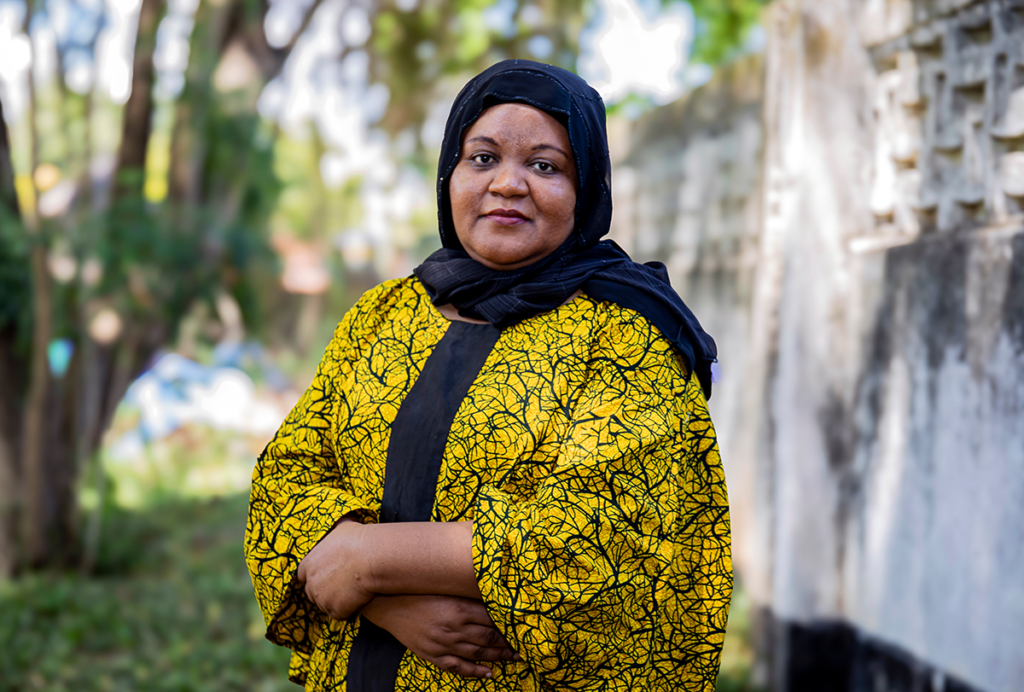
Amina Abubakar translates autism research and care for Kenya
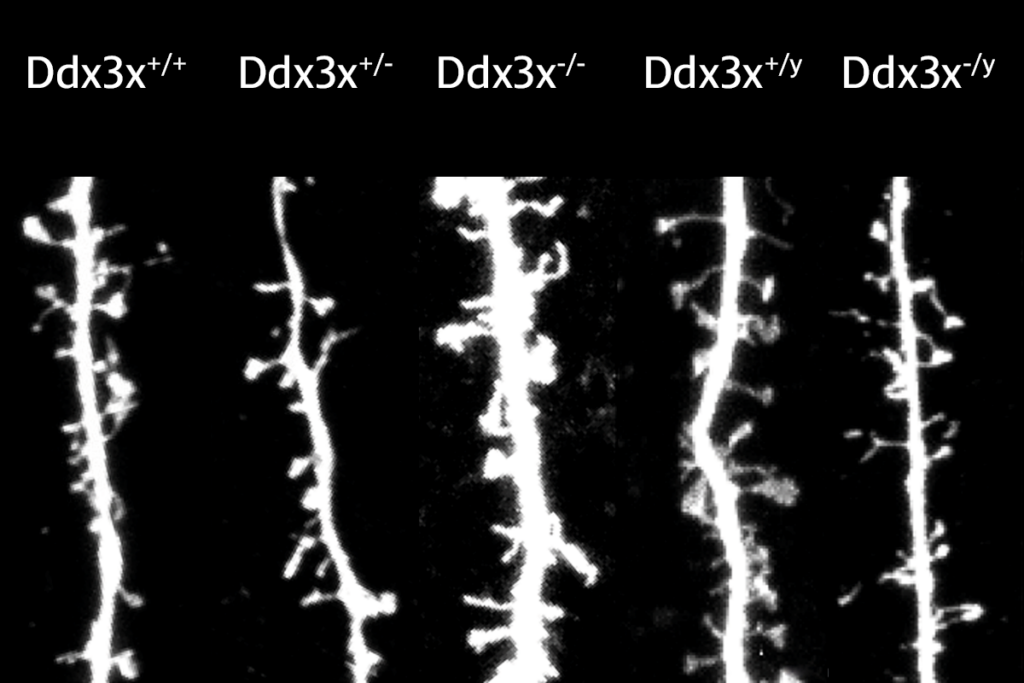
Post-traumatic stress disorder, obesity and autism; and more
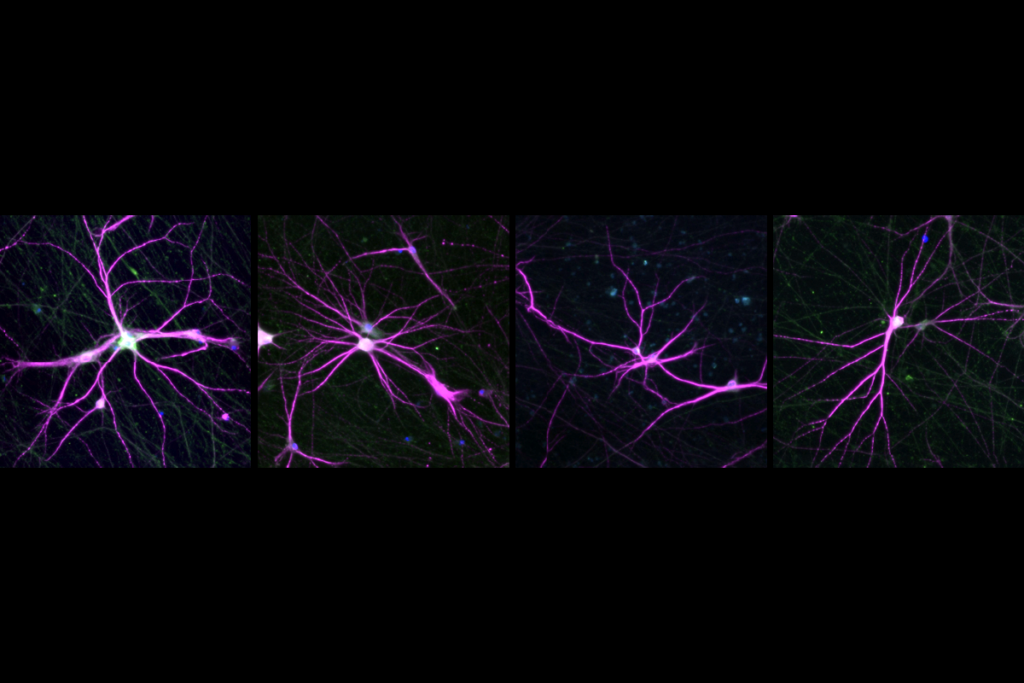
Cortical structures in infants linked to future language skills; and more
Explore more from The Transmitter
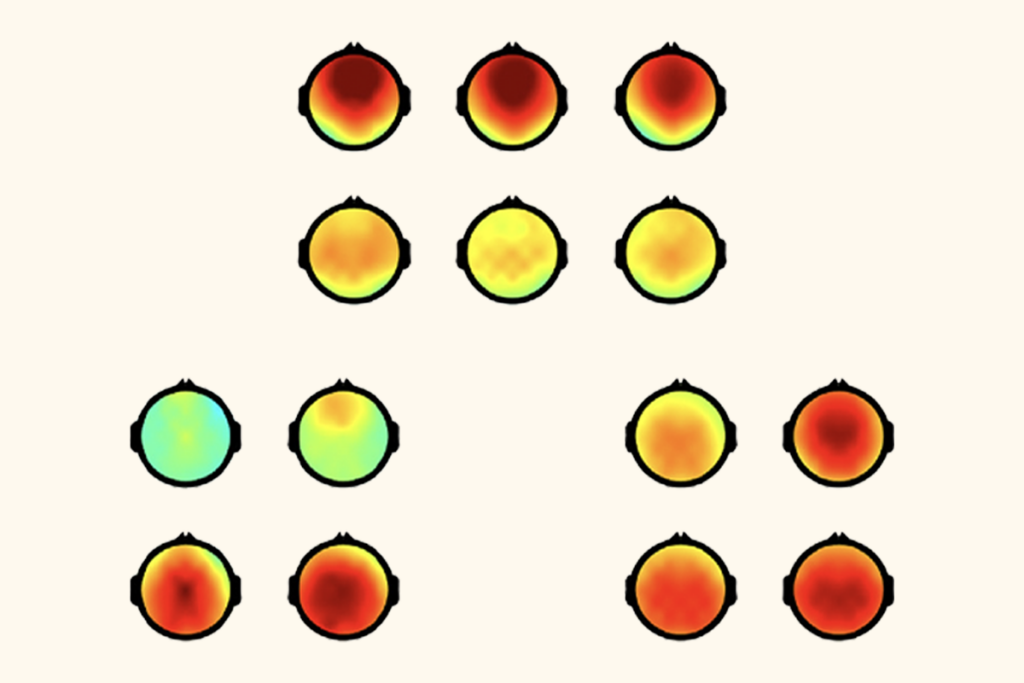
Null and Noteworthy: Learning theory validated 20 years later
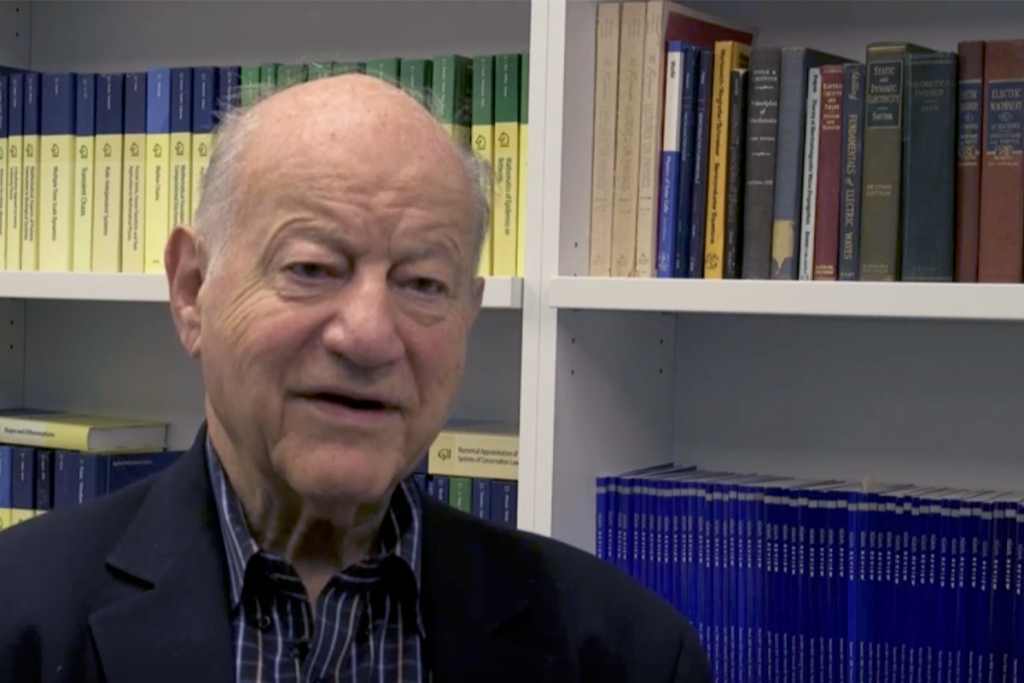
Neuroscientist Gerry Fischbach, in his own words
